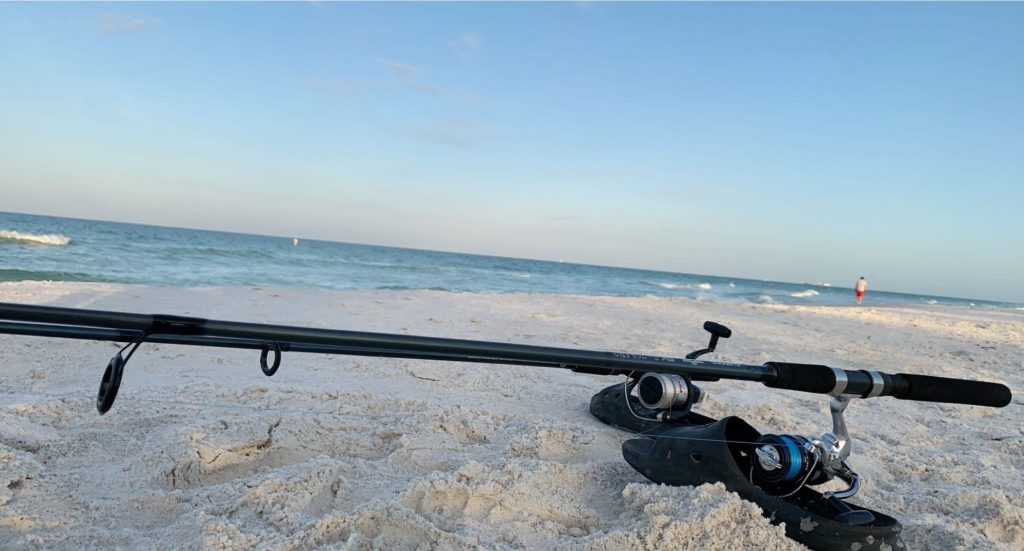
A wise man once said that “one safari leads to another” (Oscar Mbogo Paschal). When we were told we had to evacuate Kenya do to COVID, we were not given instructions on where to go. All we knew was that the rest of our program was online and we could not remain in their country. Any country not at a level four travel advisory was fair game. So, with an SIT stipend in hand and endless possibility before us, we were Florida-bound.
In true Tanzanian fashion, our time in Florida saw us going on many excursions. It wouldn’t be a true SIT program without hands-on learning. After all, how else could we hope to compare Florida beaches to Kenyan beaches unless we spent extensive time there? This approach also necessitated the visit of many fishing spots, boardwalks, and a theme park or two…
By happenstance, the place we ended up staying was nearby a boardwalk system through the Florida mangroves. Still having the crab itch from my ISP only a couple weeks prior, I couldn’t resist documenting some of the local species.



In between writing all of our papers assigned by SIT, we even managed to sneak away to Universal Studios in Orlando for some R&R. Over two days, we braved the 97˚ heat to explore both Universal Studios and Universal’s Island of Adventure parks. I would recommend coming at a time where you don’t need to wear a mask as they became stifling in the heat. My favorite ride ended up being Harry Potter and the Forbidden Journey. You really feel like you are flying!



So far as food goes, Florida did not disappoint. The island we were on had fantastic restaurants and boasts the world’s best donut place with the Donut Experiment, I agree 100%. When we felt adventurous, we would go down to the local pier and catch some fresh snapper.
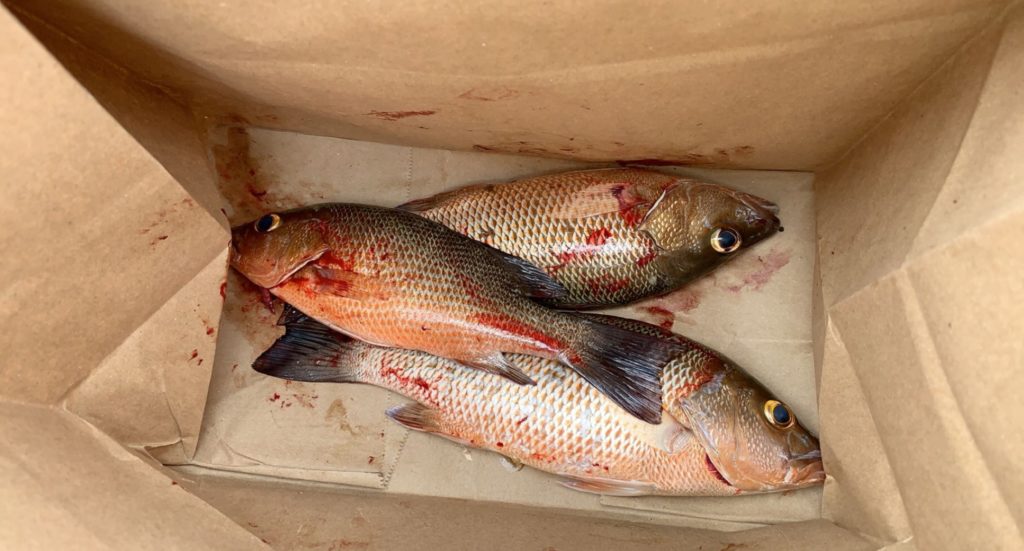
I love to fish. Snapper from the pier was fun, but after that mahi mahi we caught in Kenya, I had my eyes set on something bigger. Luckily, some local contacts were able to get us on some tarpon and goliath grouper. Tarpon can weigh up to 250 pounds and the largest goliath grouper can exceed 700. To fish for these species, we had to stay out late at night and from a bridge. We would begin the night by fishing for our bait. Then, we would use that fresh bait to try and entice the bigger fish. We never did hook into any goliath grouper. Several times we had tarpon on, but were never able to land them. The way they fight combined with our angle from the bridge resulted in them constantly spitting the hook. Nonetheless, it was a thrilling experience.
While we certainly did our due diligence with hands-on learning experiences, we managed to squeeze in a lot of school work as well. During the month we spent in Florida, each one of us had to complete one reef conservation plan (20 pages single spaced), one semester portfolio (18 pages double spaced), one research proposal (16 pages single spaced), one ISP report (36 pages double spaced), and one research journal (22 pages single spaced). Time was definitely on a budget, but you couldn’t ask for a better place to gator done. It felt good when it was finally all sent in.
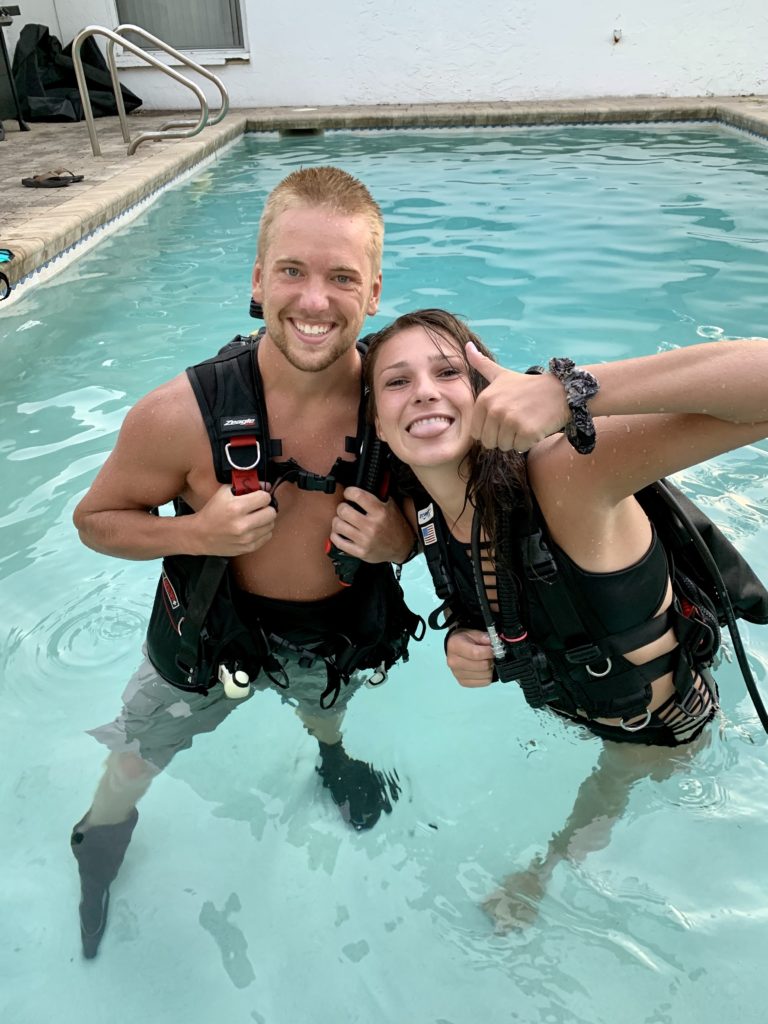
All in all, this was one heck of a semester. COVID did its best to throw us continuous curveballs but looking back, I’m not sure I’d change a thing. I have managed to learn more, see more, and experience more this semester than any previous; all the while making lifelong friends. I could not have asked for a better conclusion to my four years at Hope College. Speaking of conclusions, with the altered time schedule, I was able to make it to my graduation ceremony!
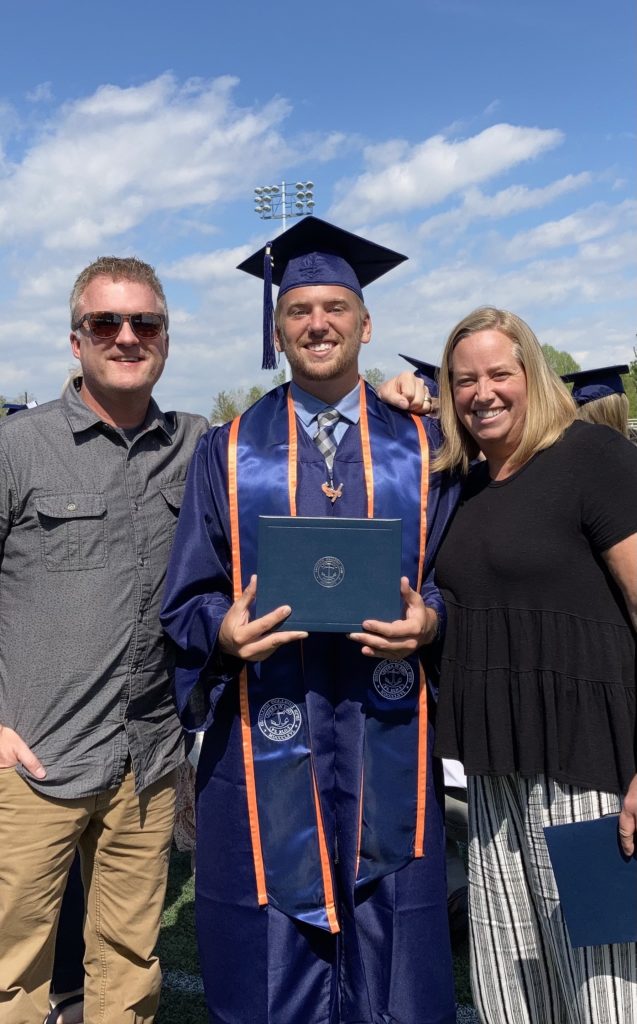
There are so many people that deserve to be thanked for making this wonderful semester possible, they are listed in the video below. I would also like to thank everyone who took the time to read these blog posts. I hope you enjoyed reading them as much as I did compiling them.


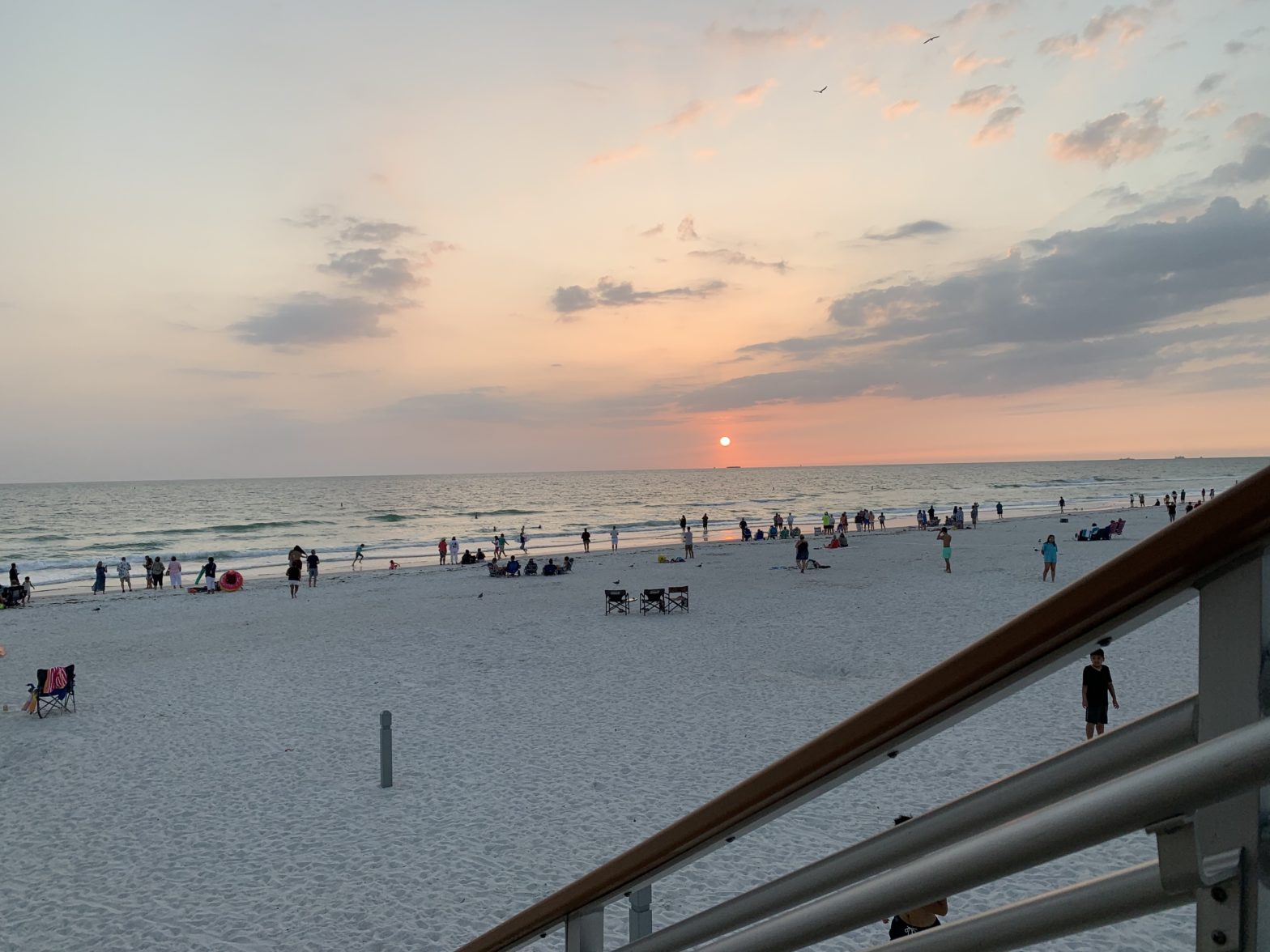
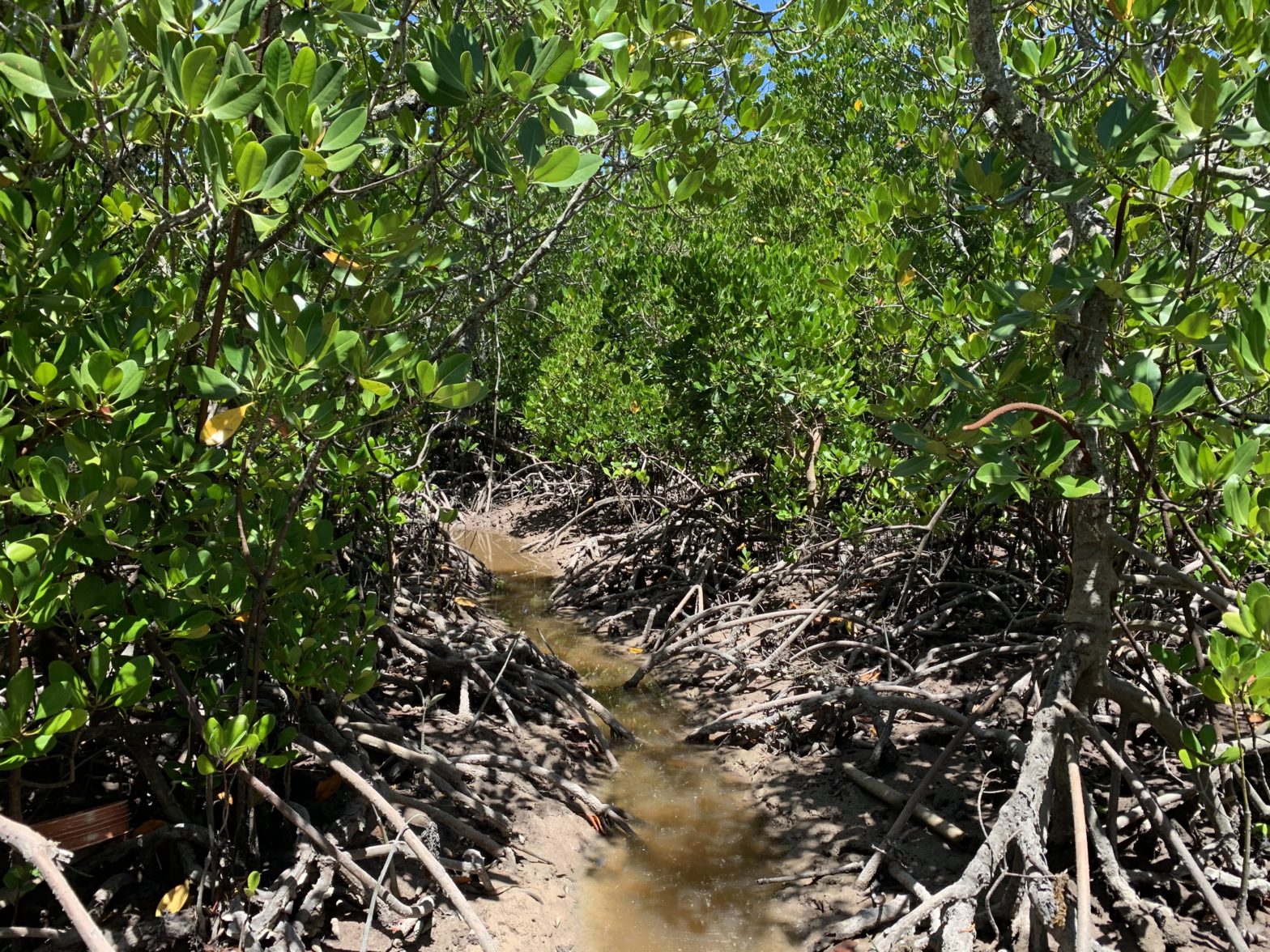
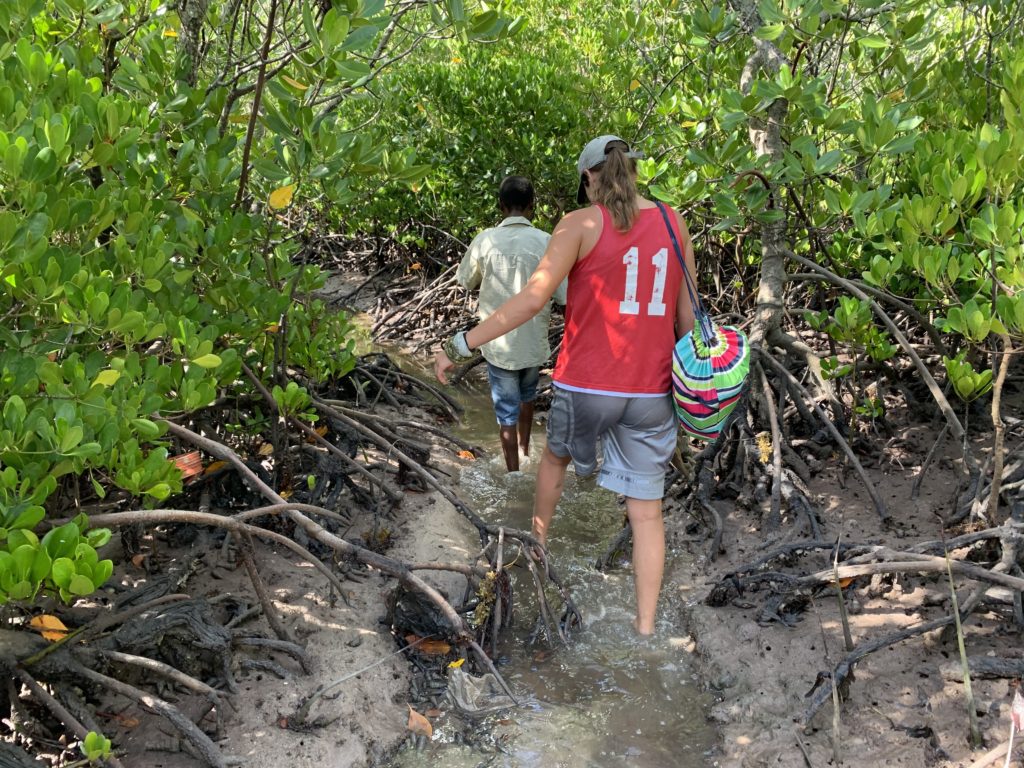








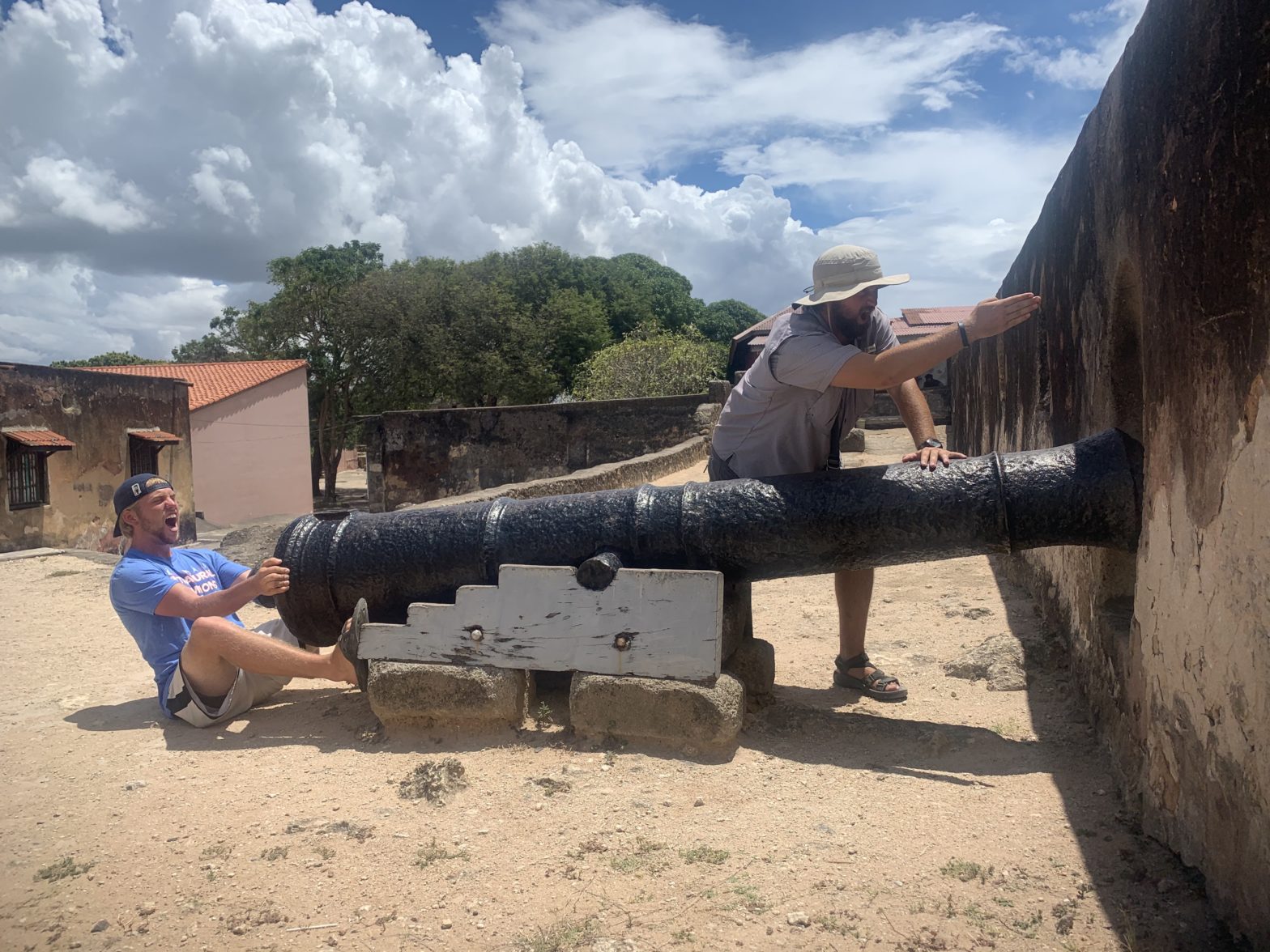
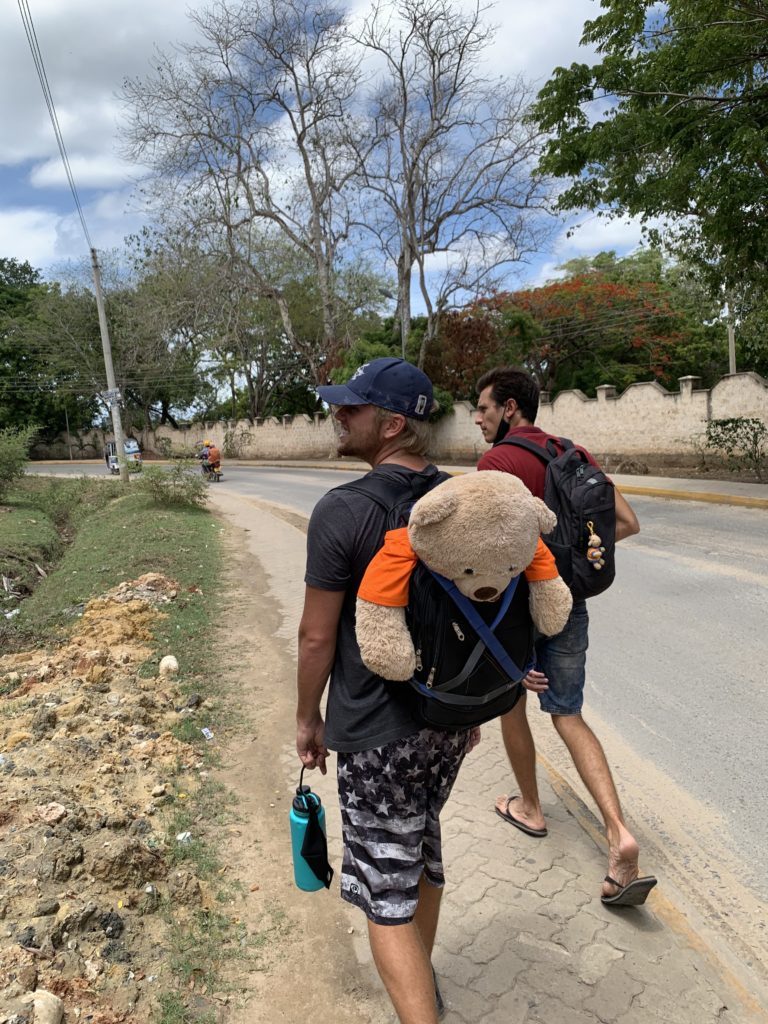



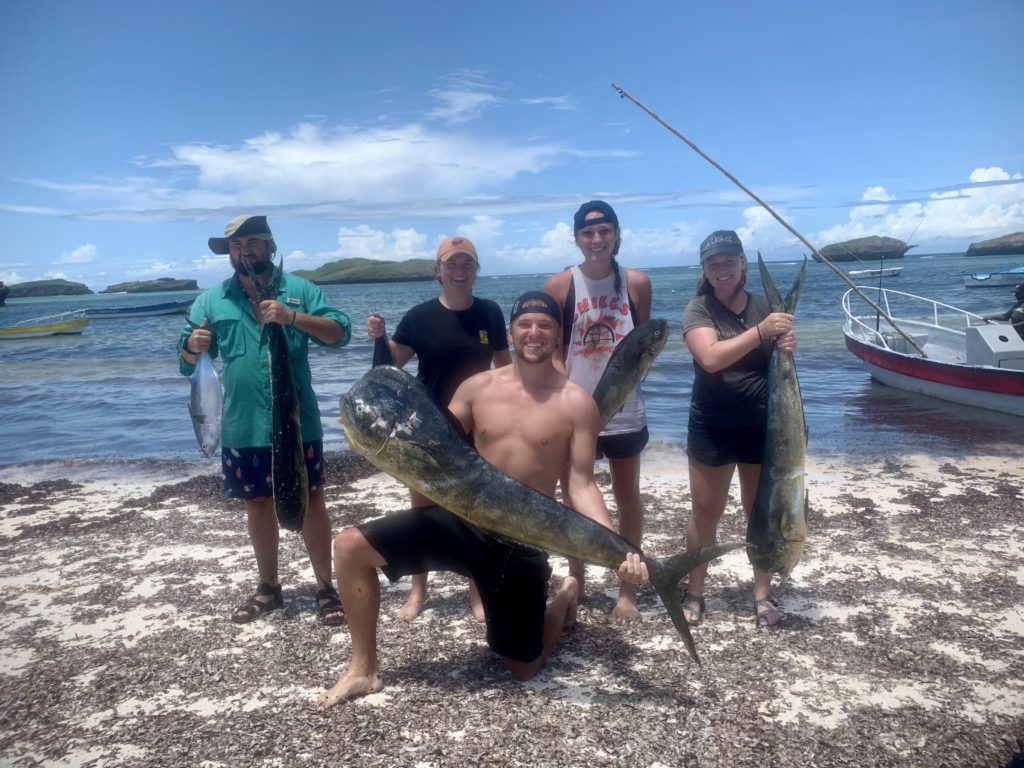





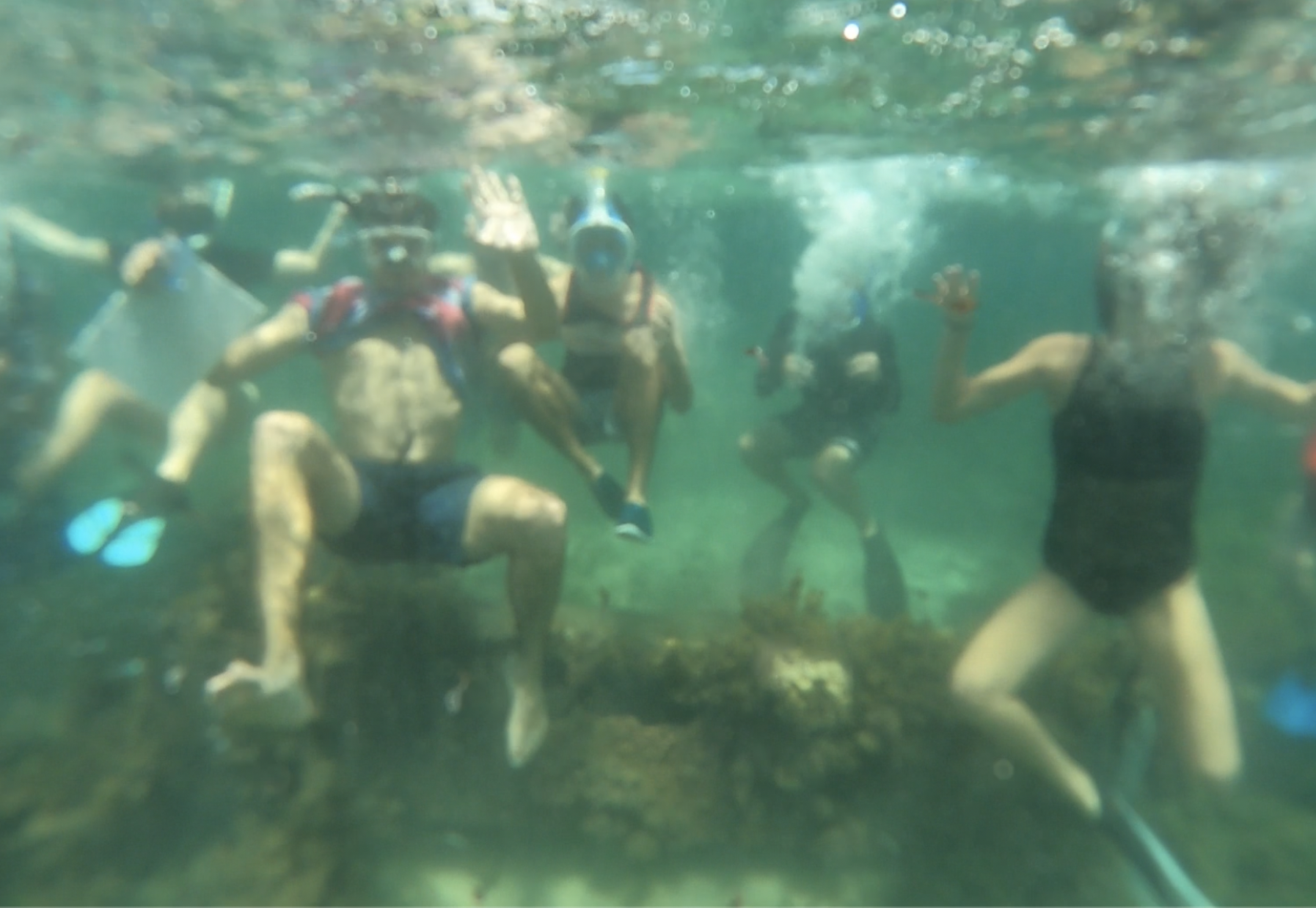
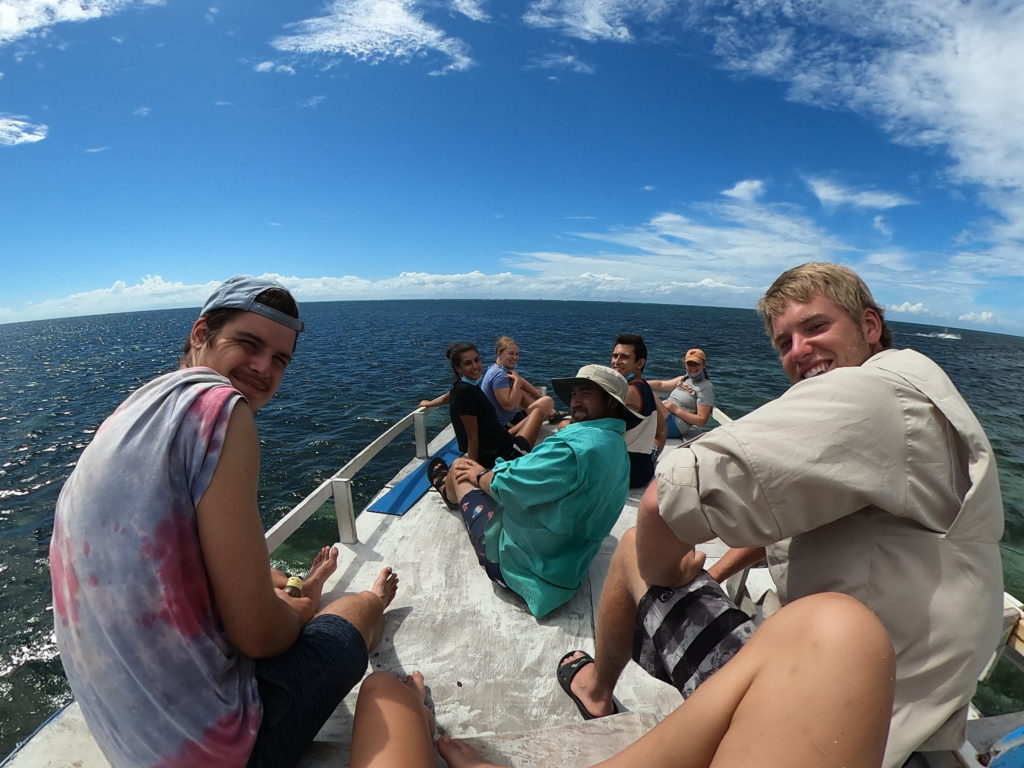
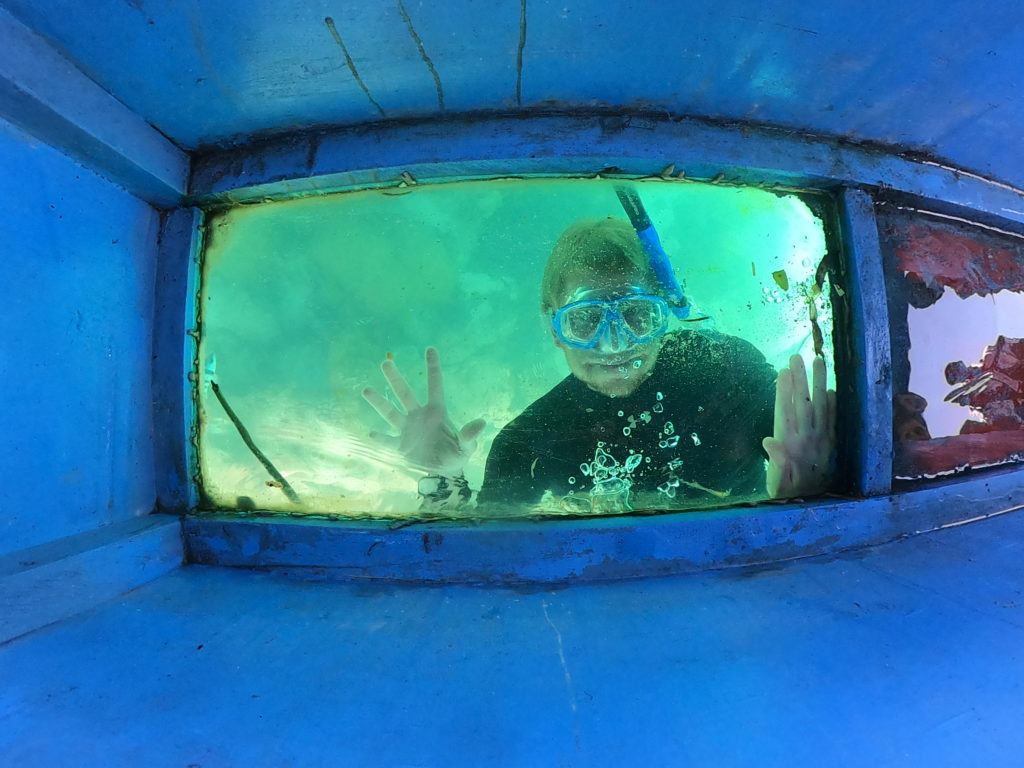
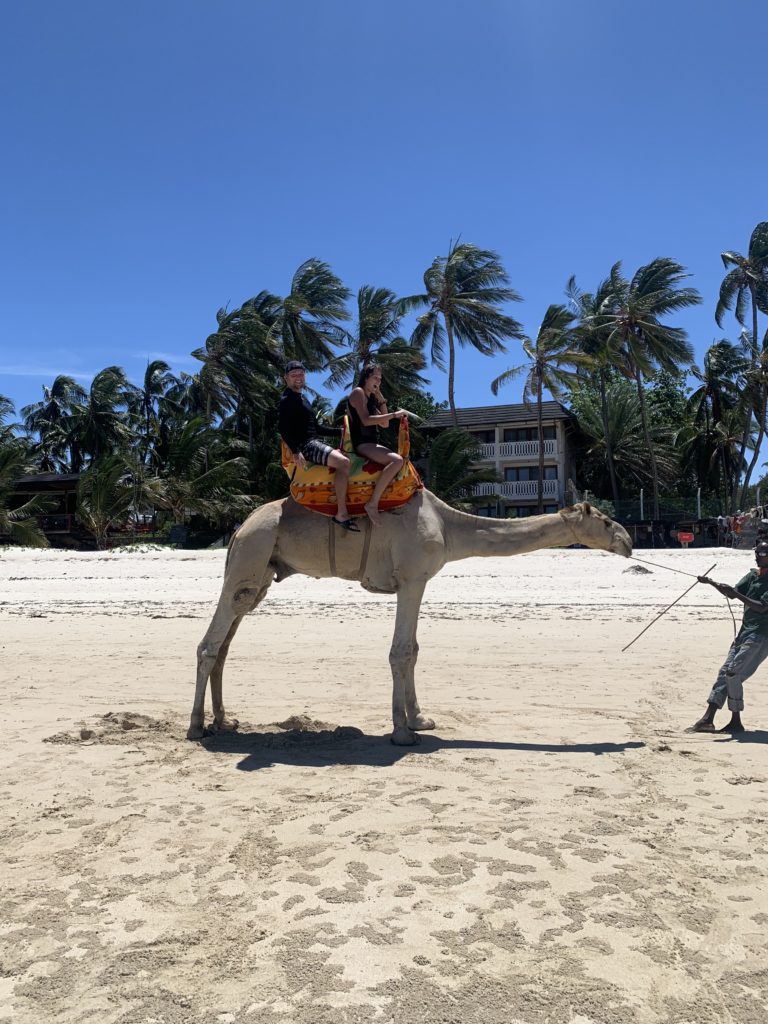
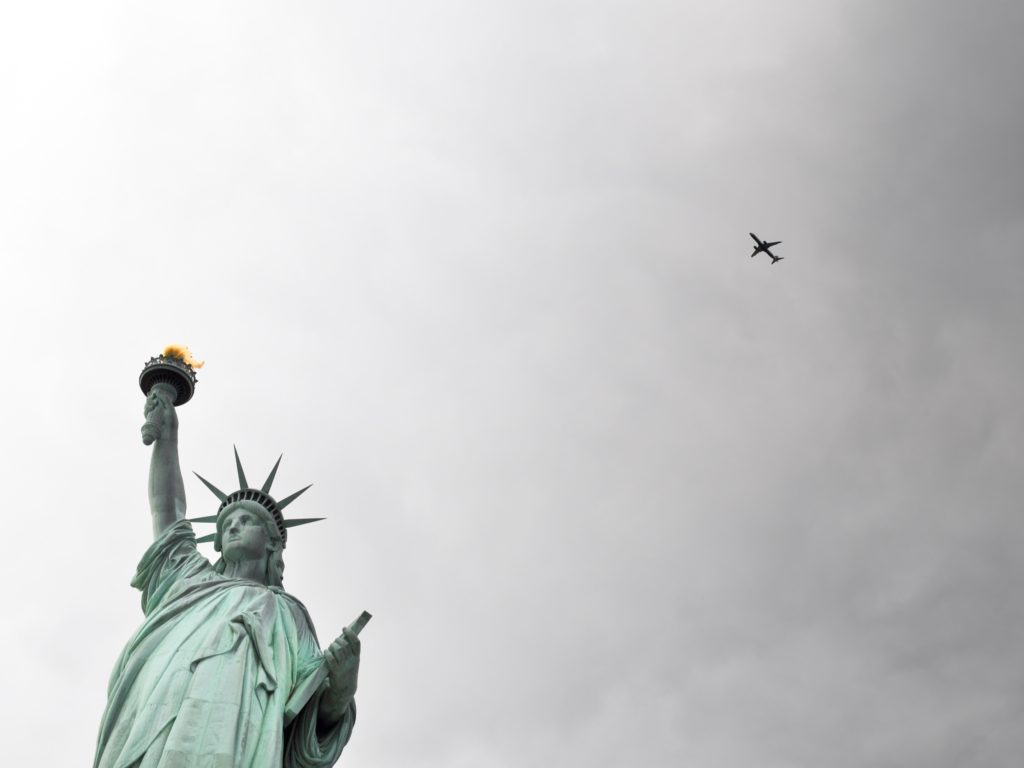
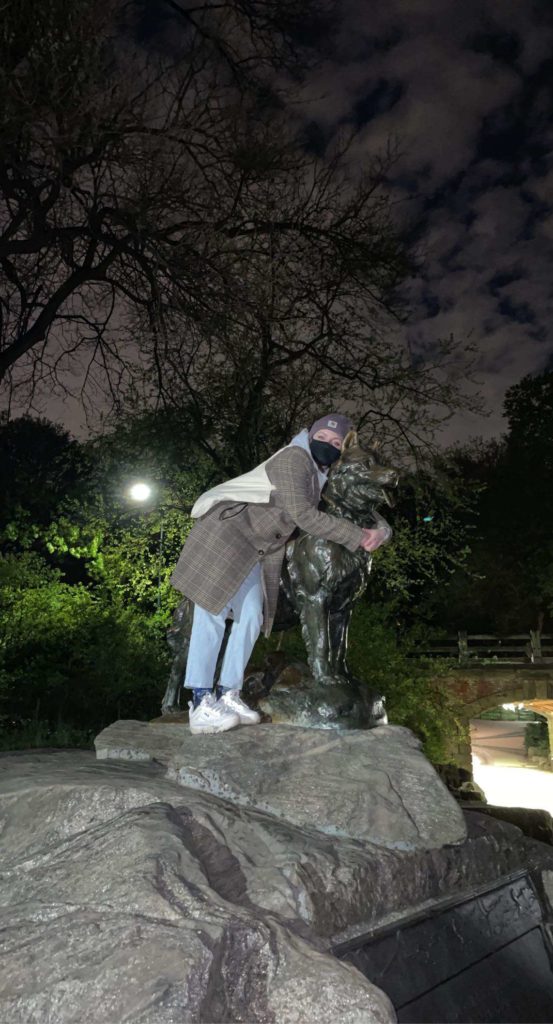

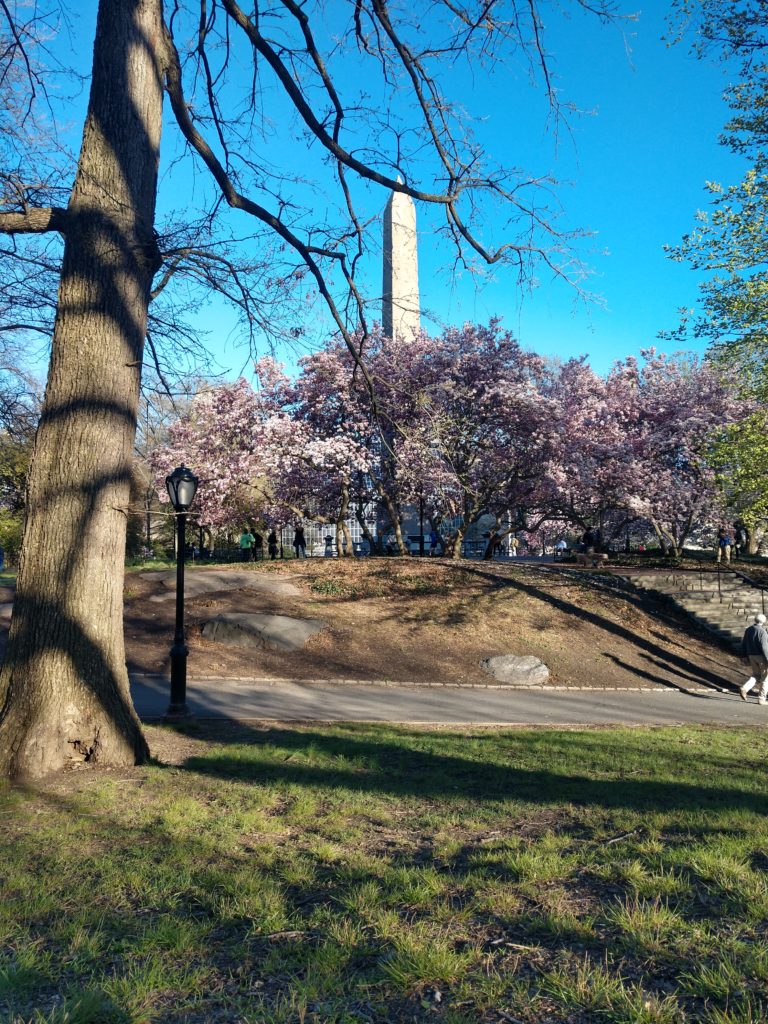
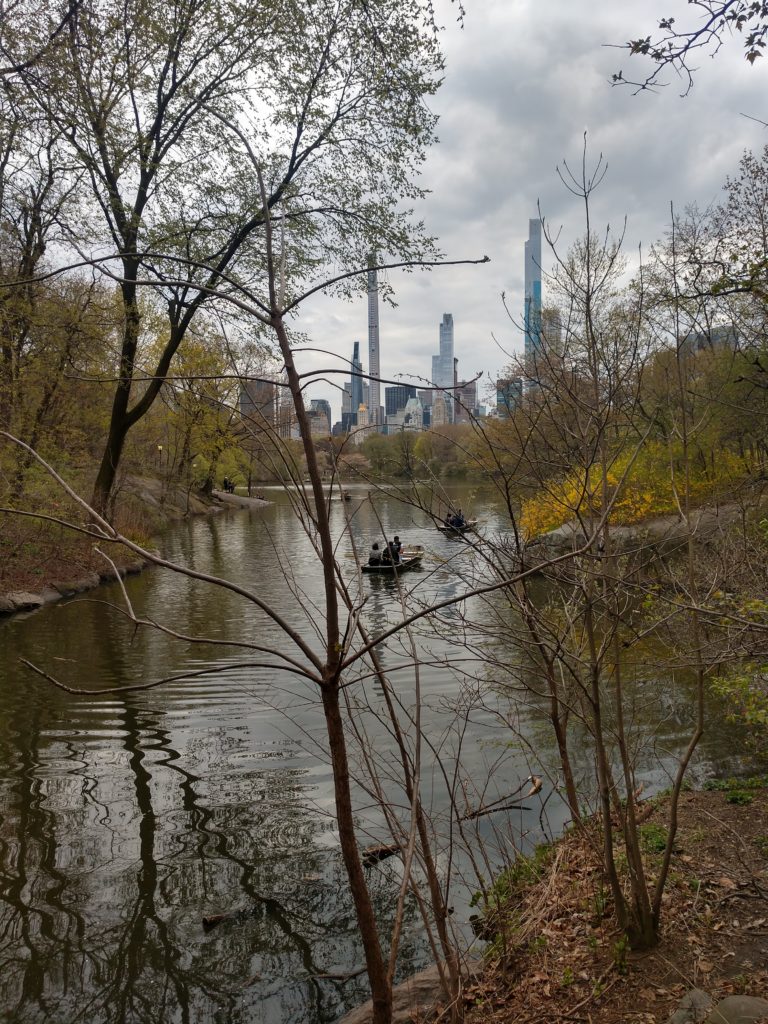
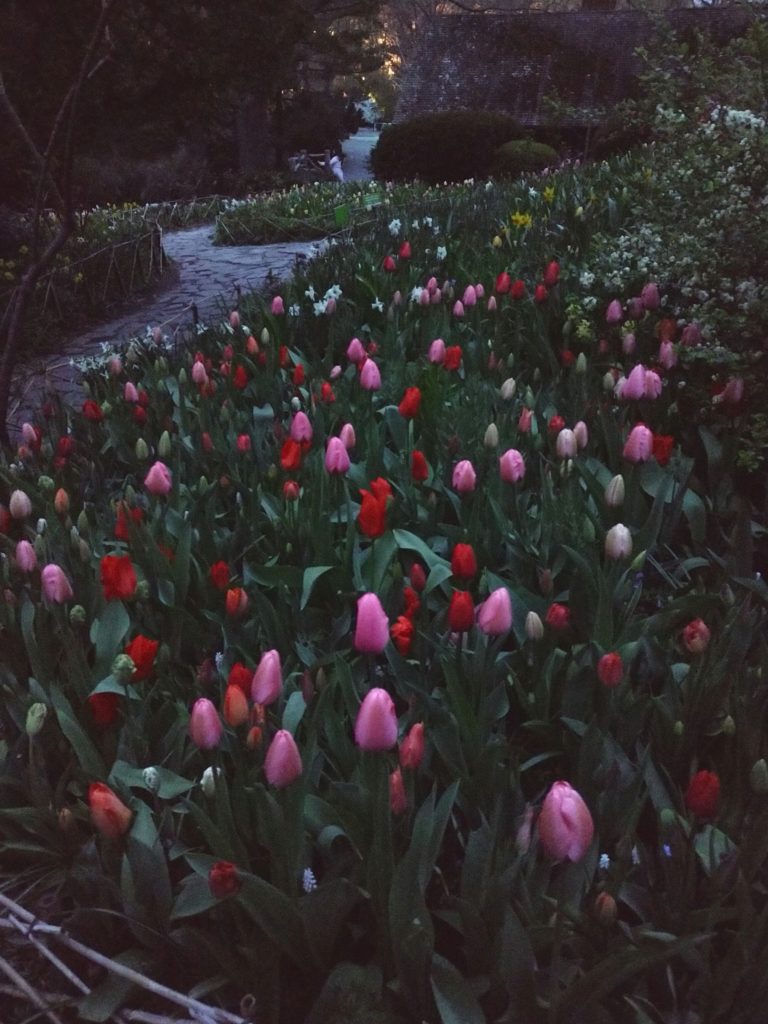
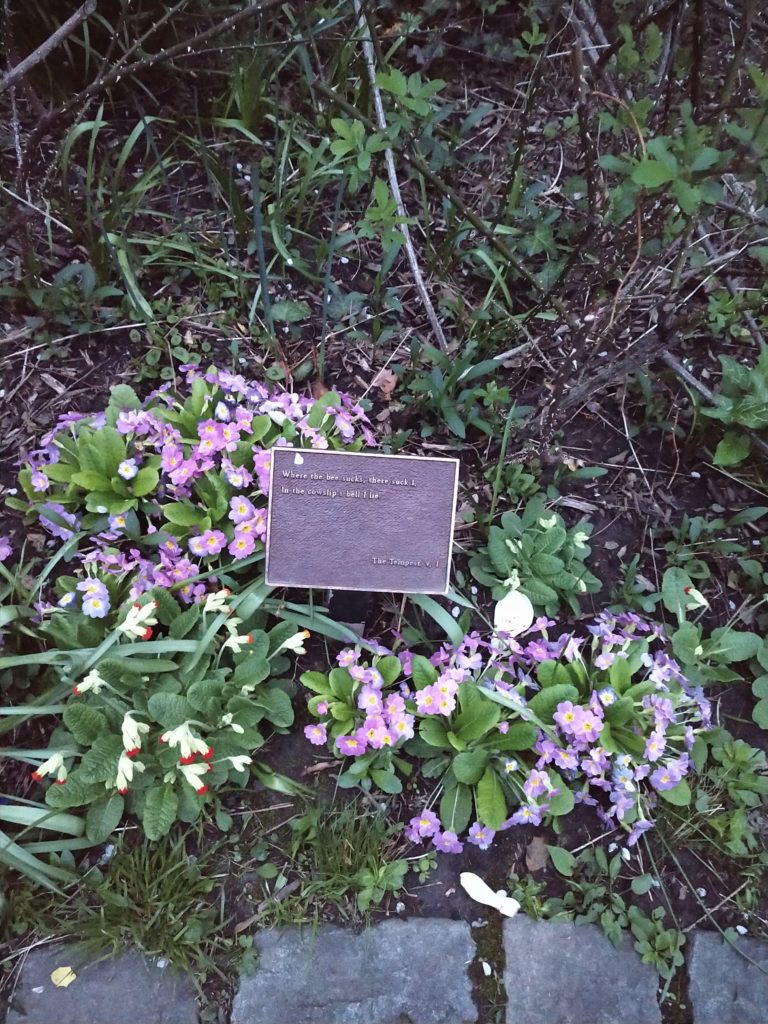
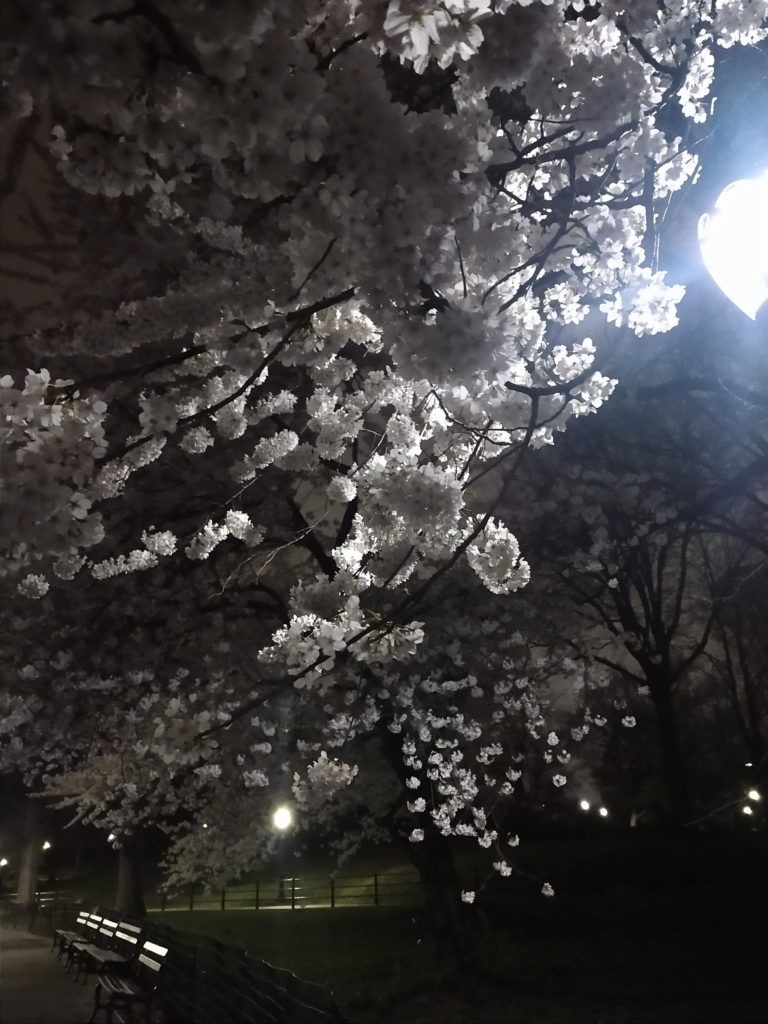
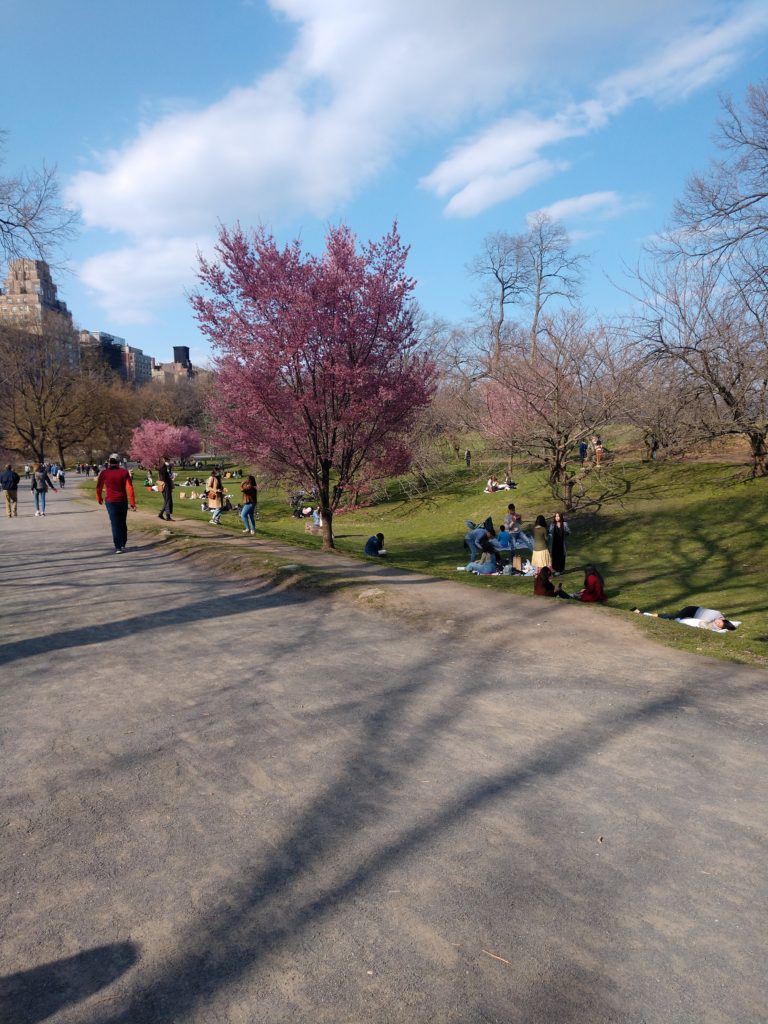
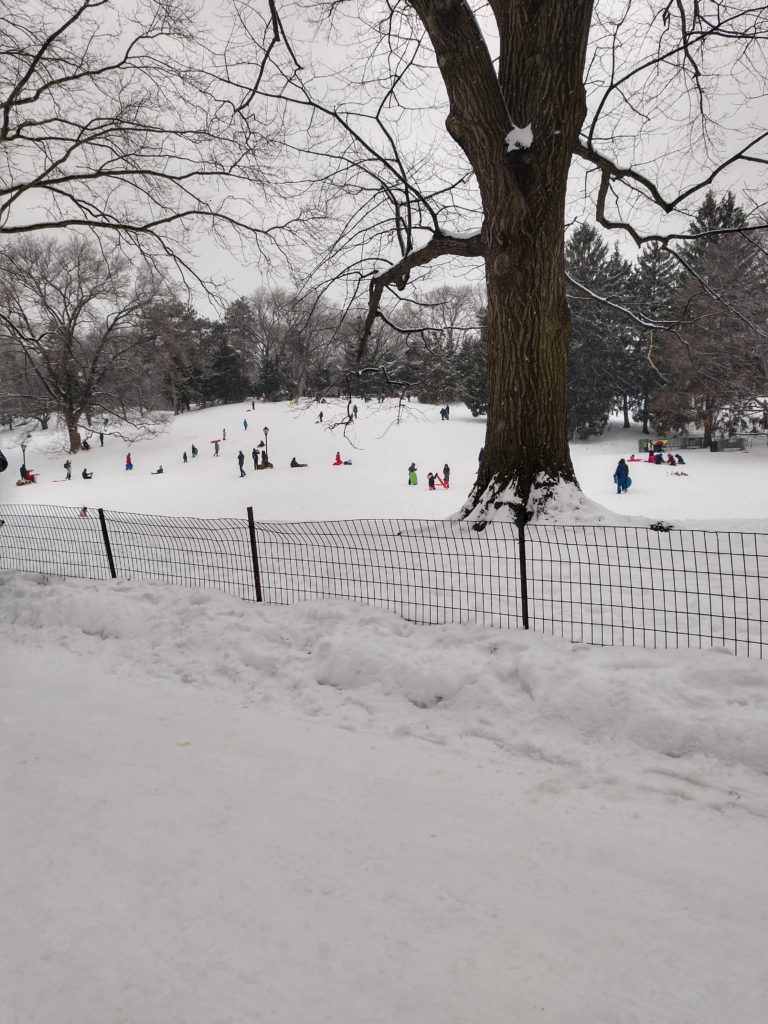
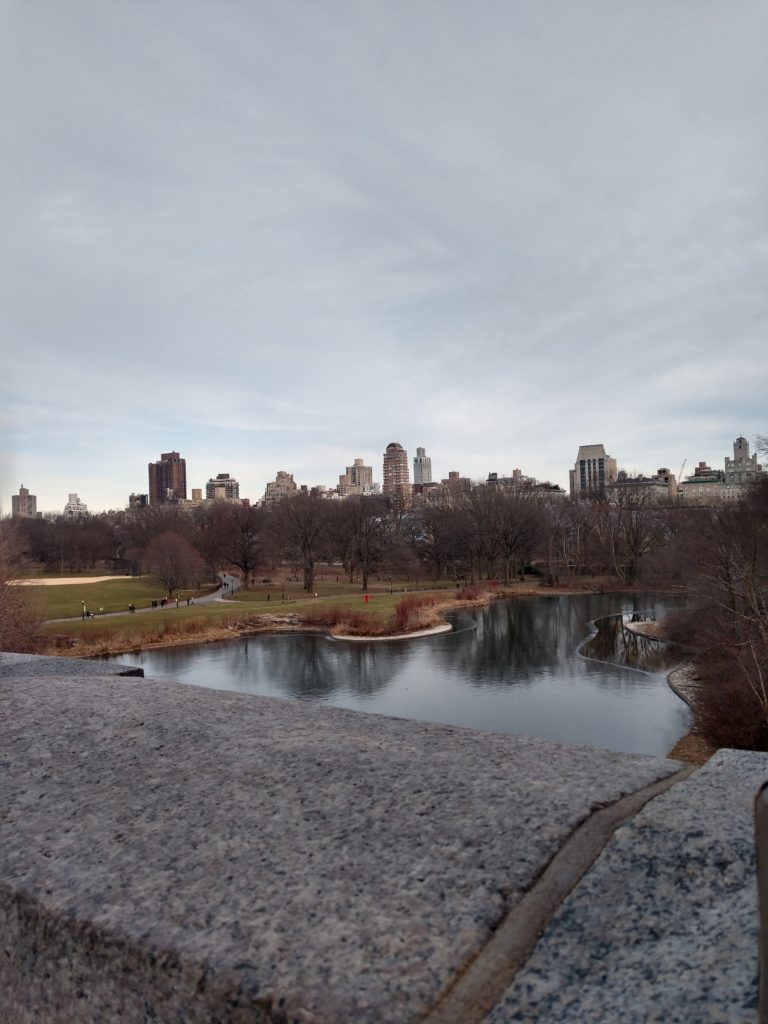
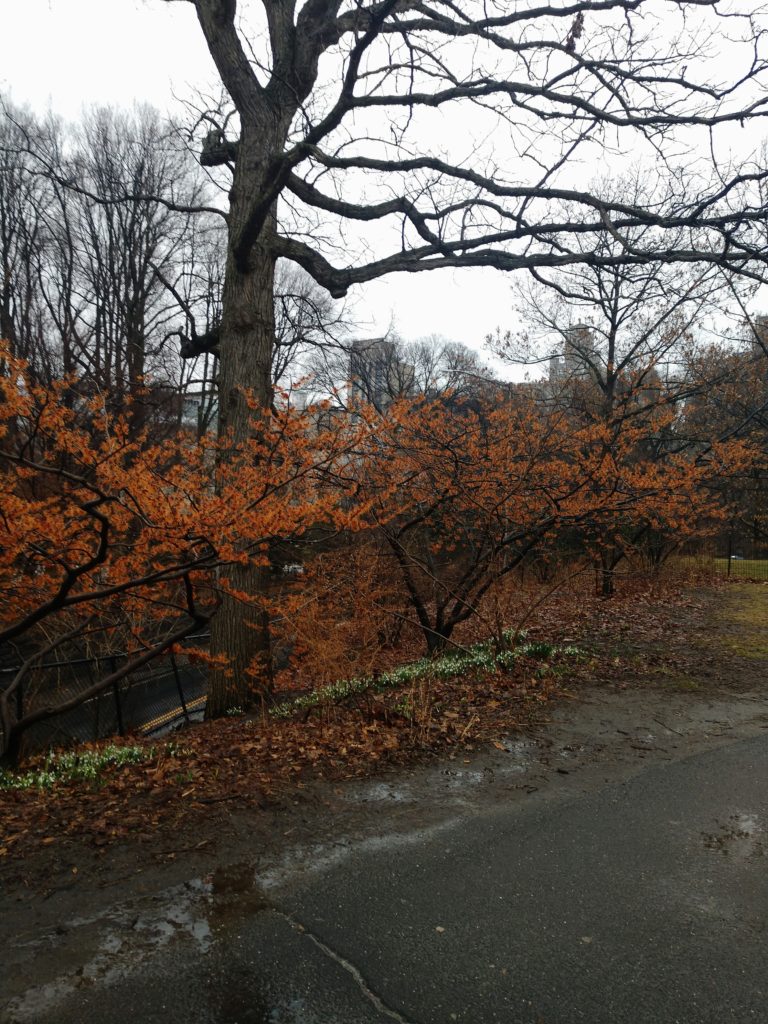
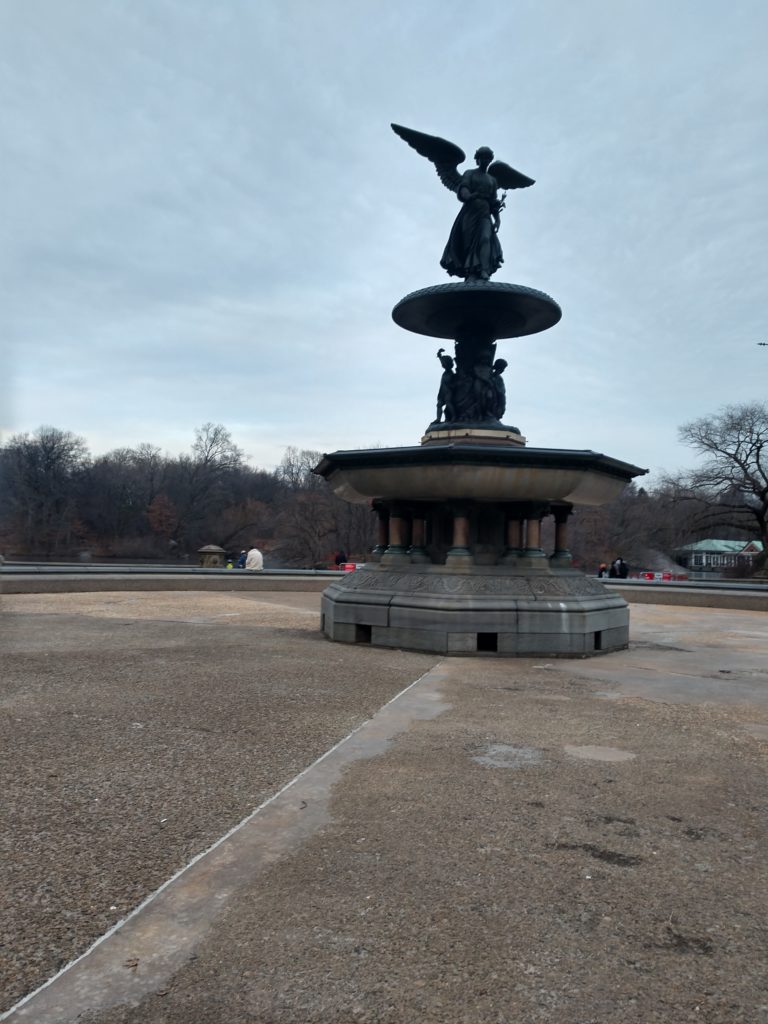
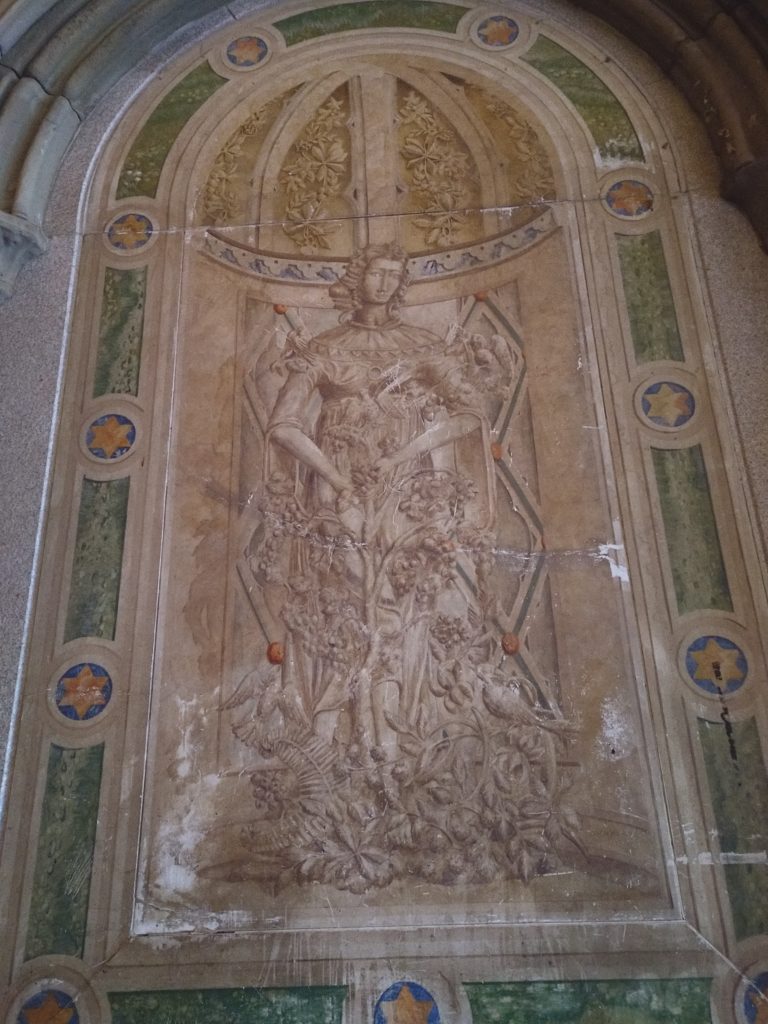
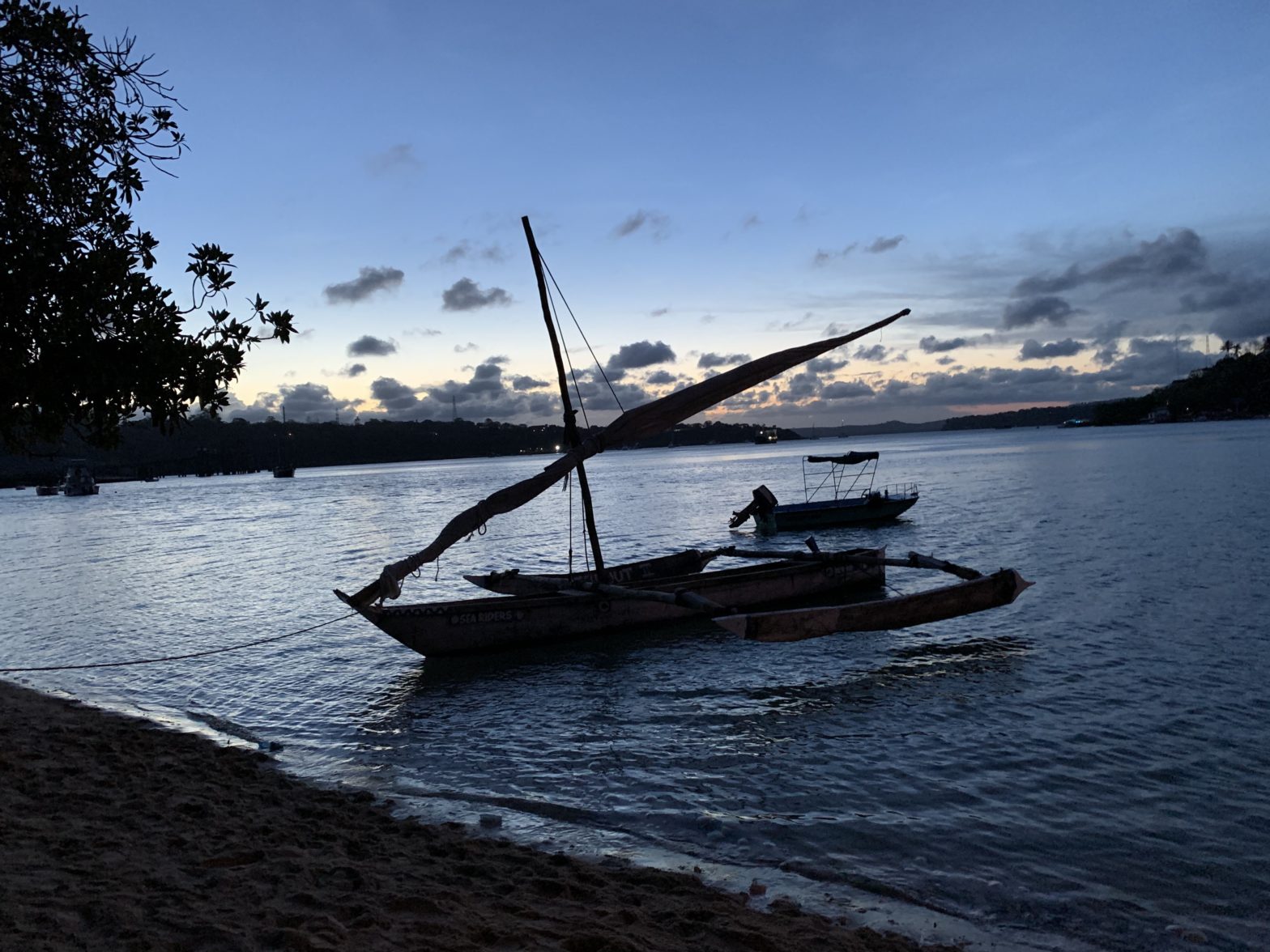
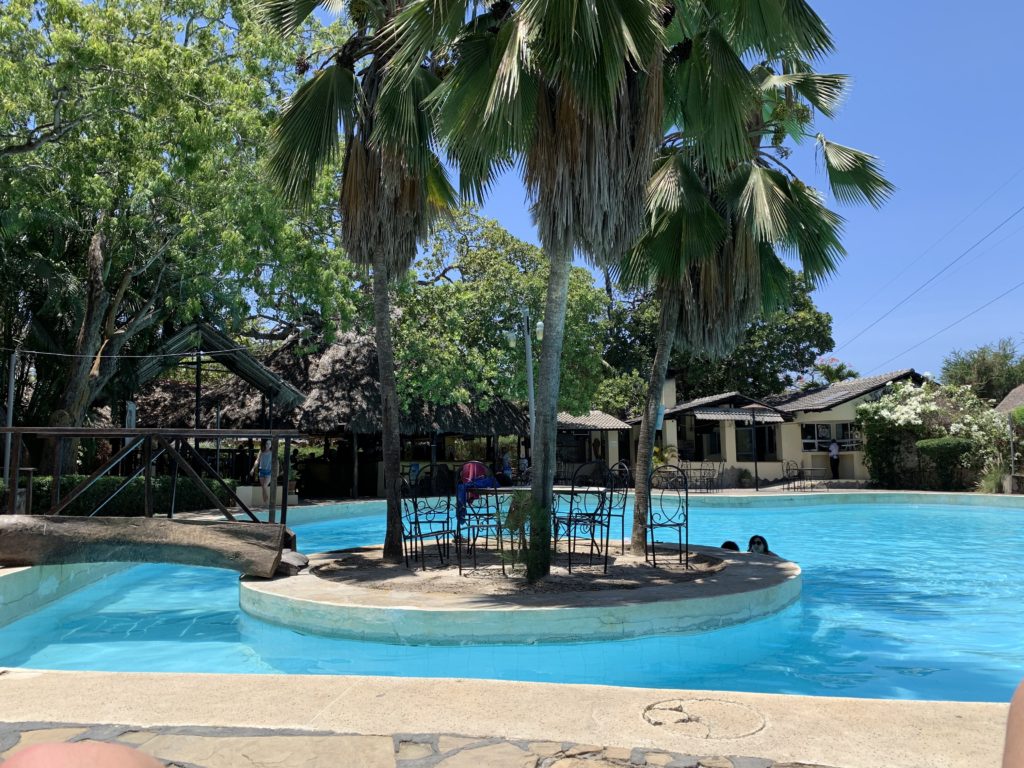
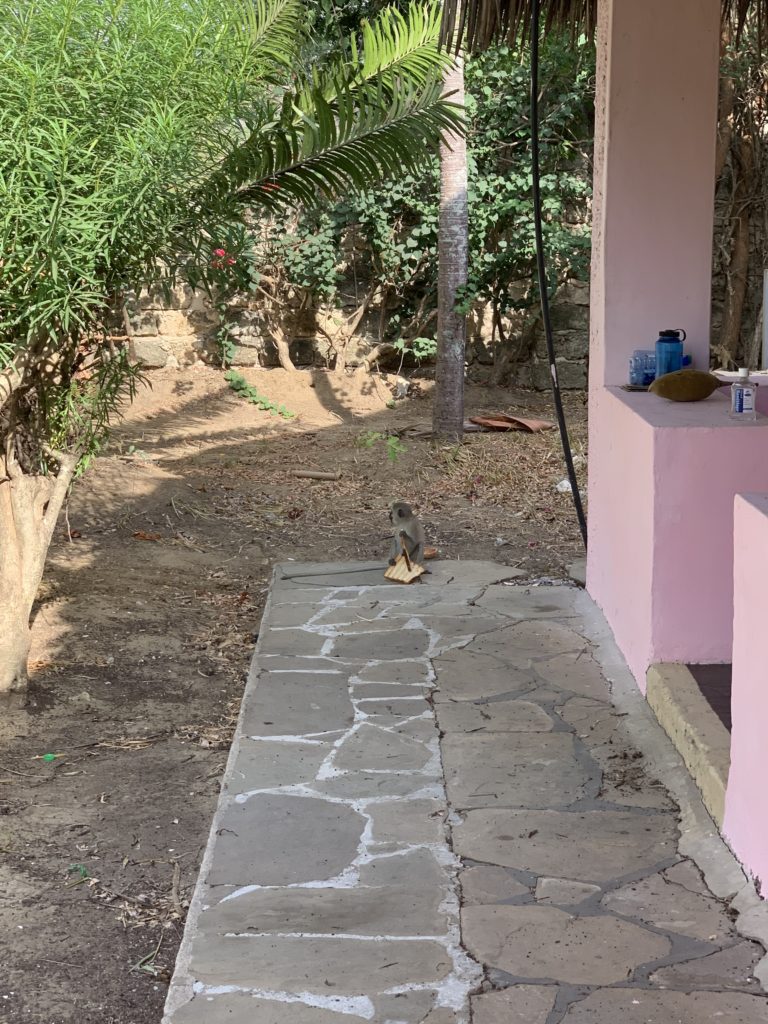
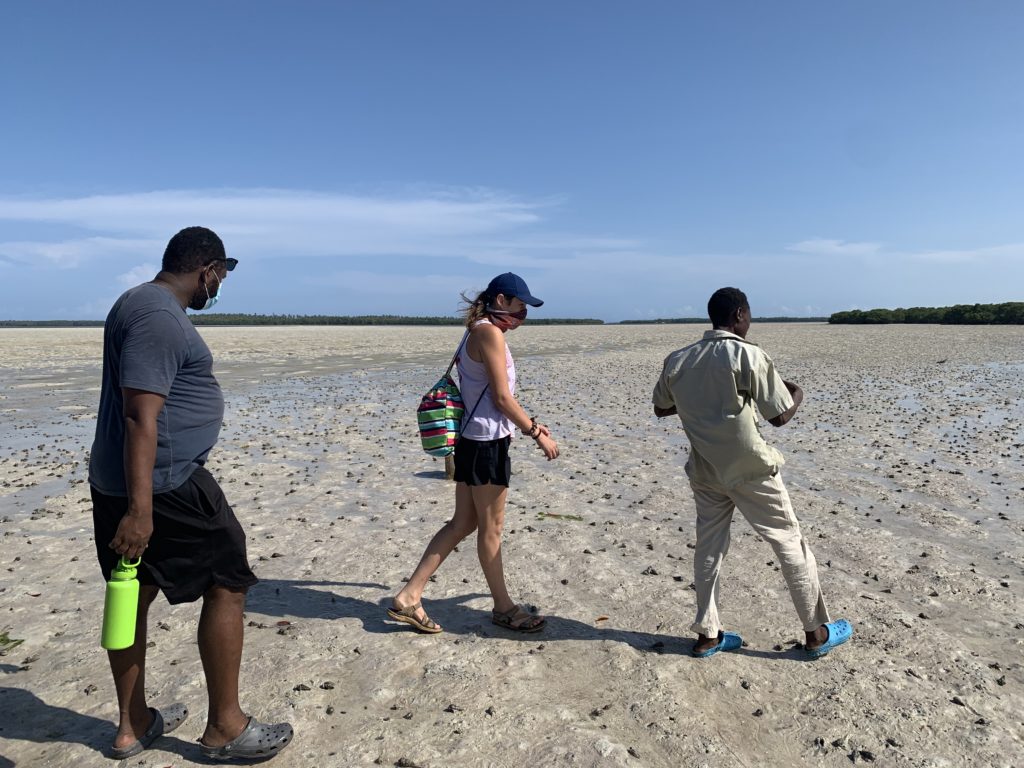







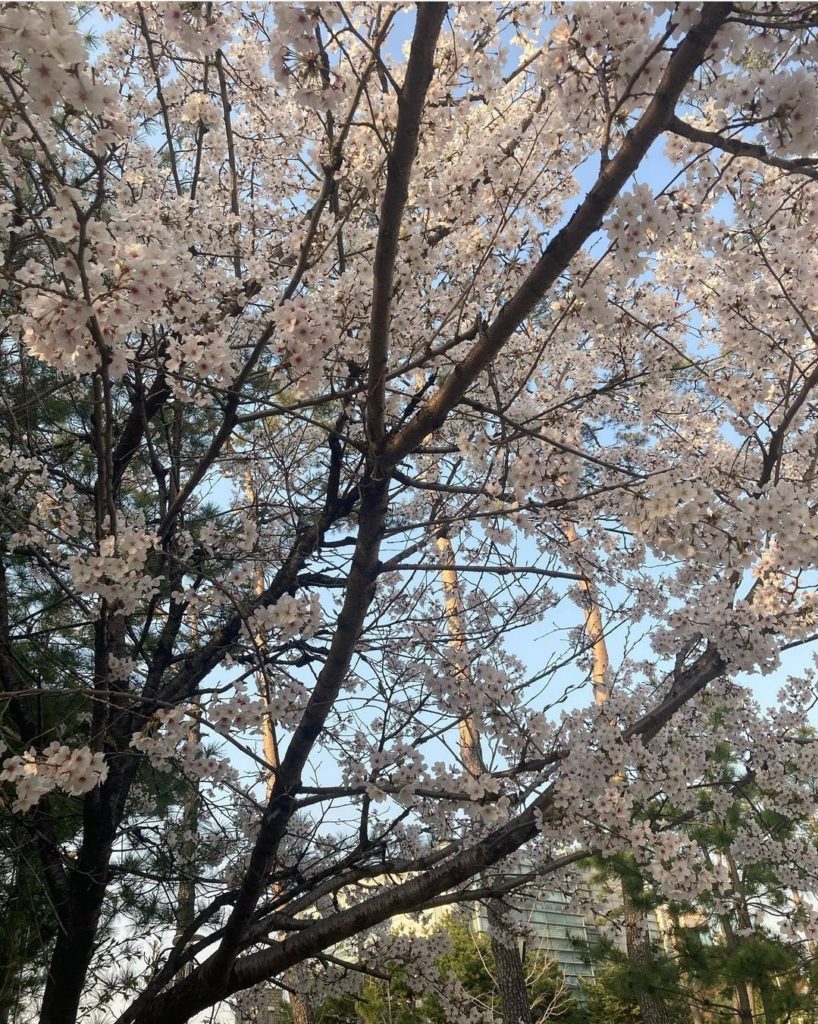
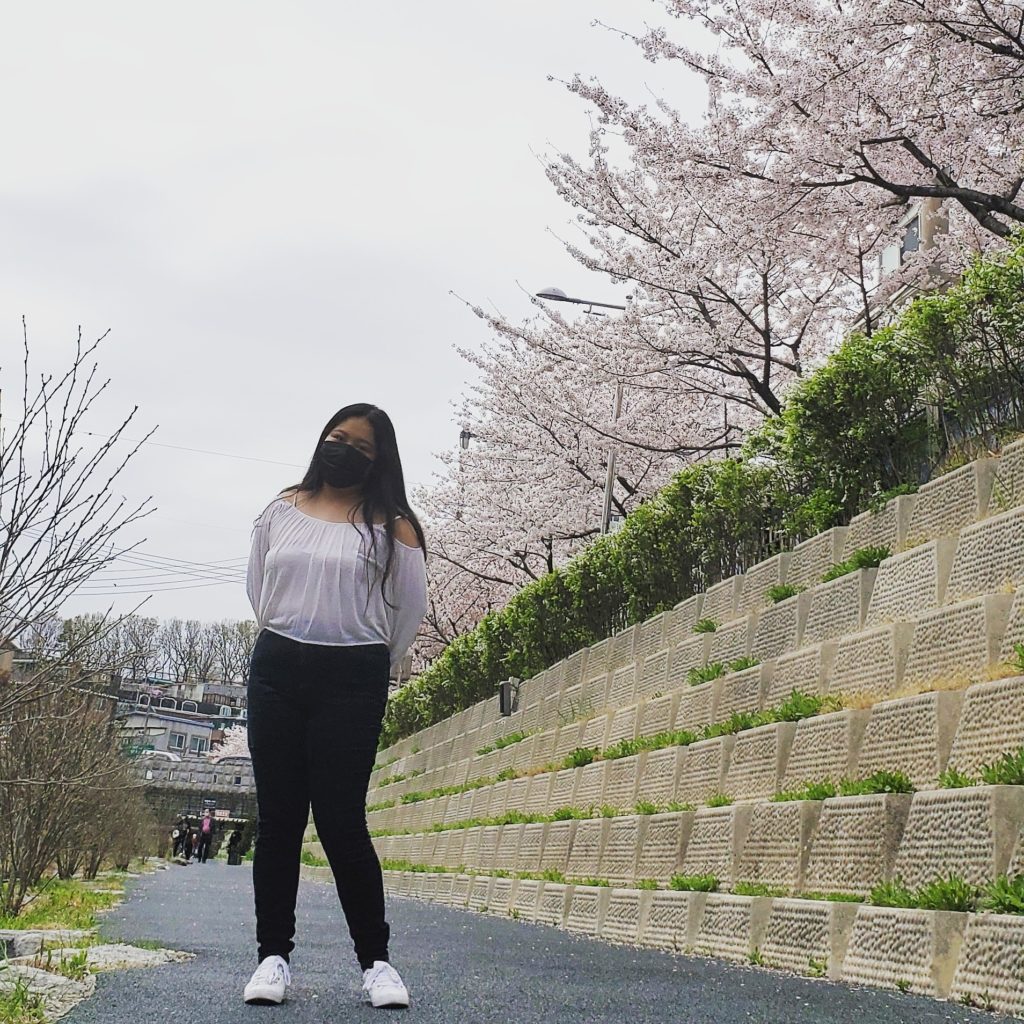

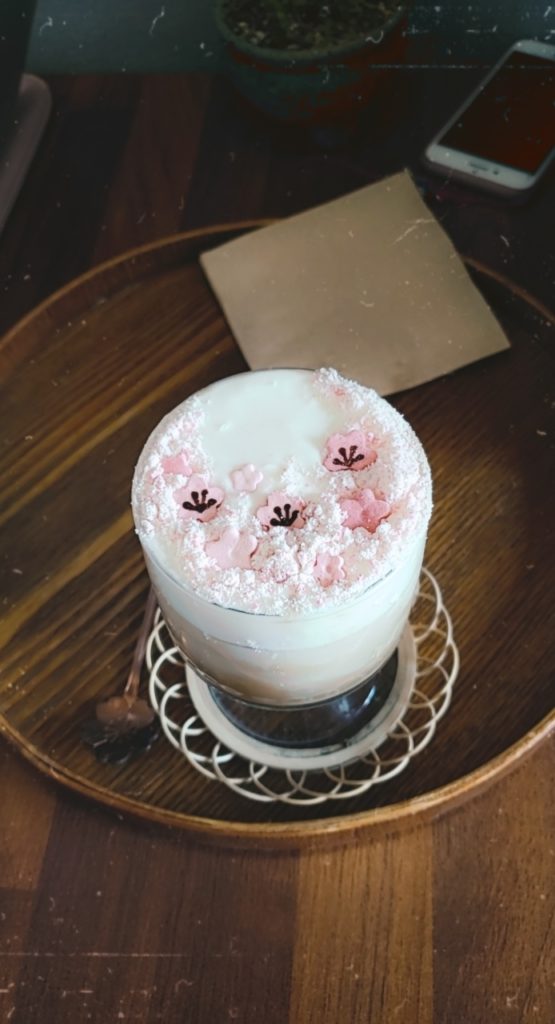
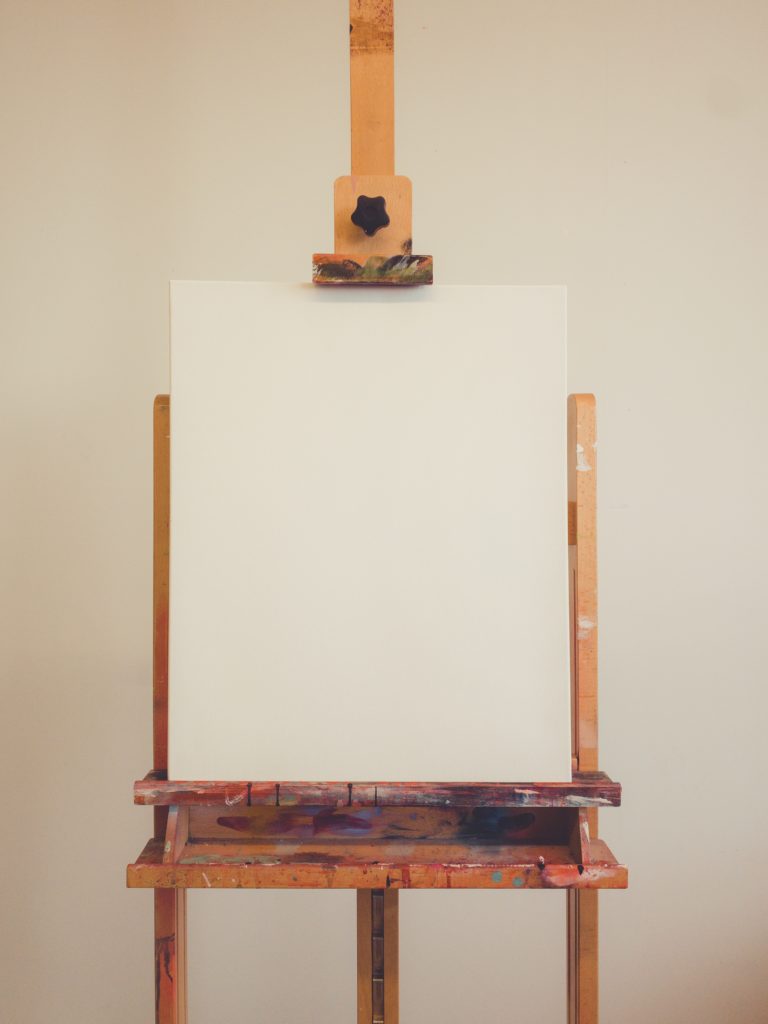
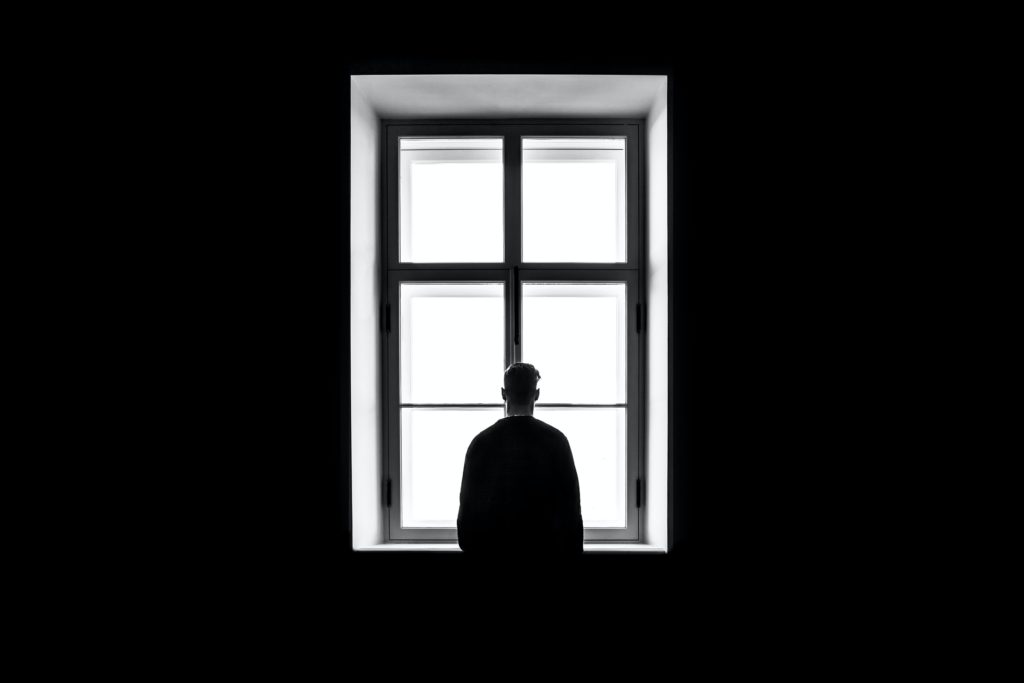
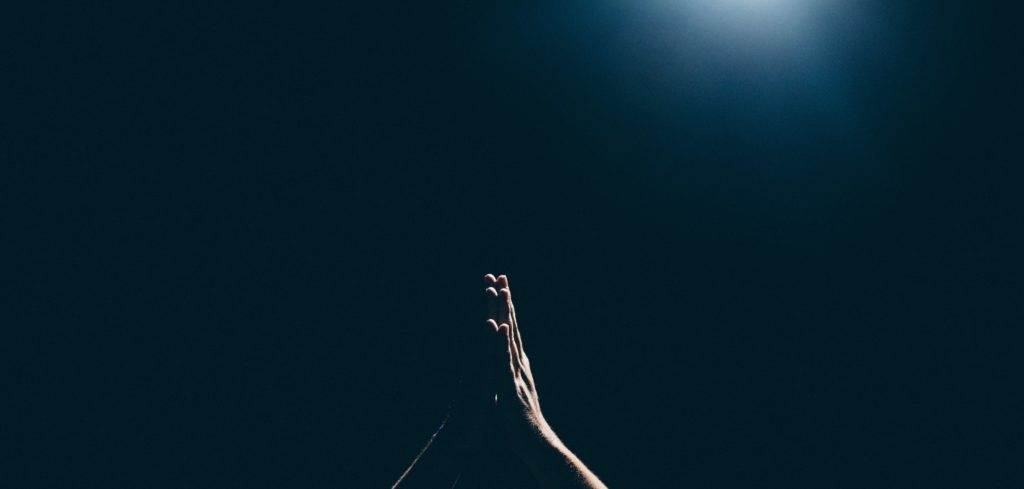
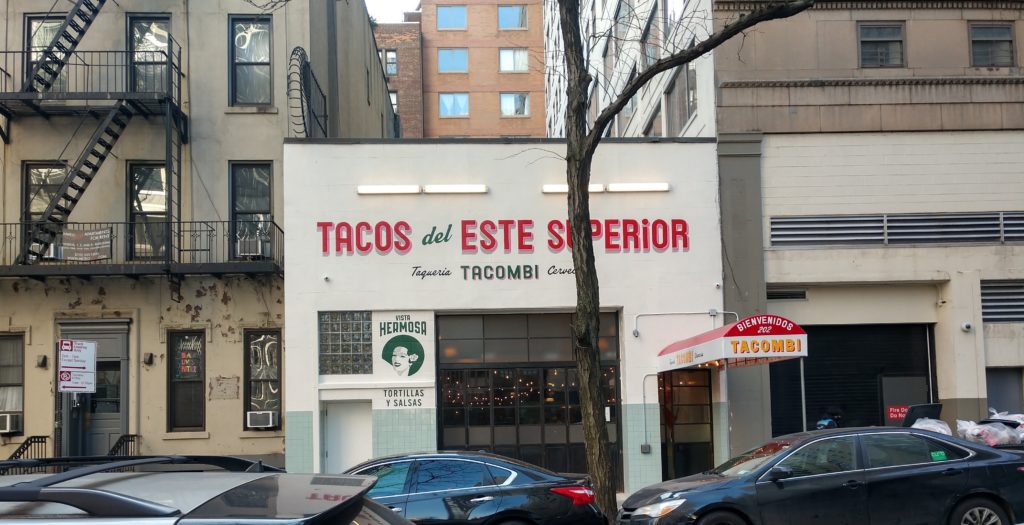
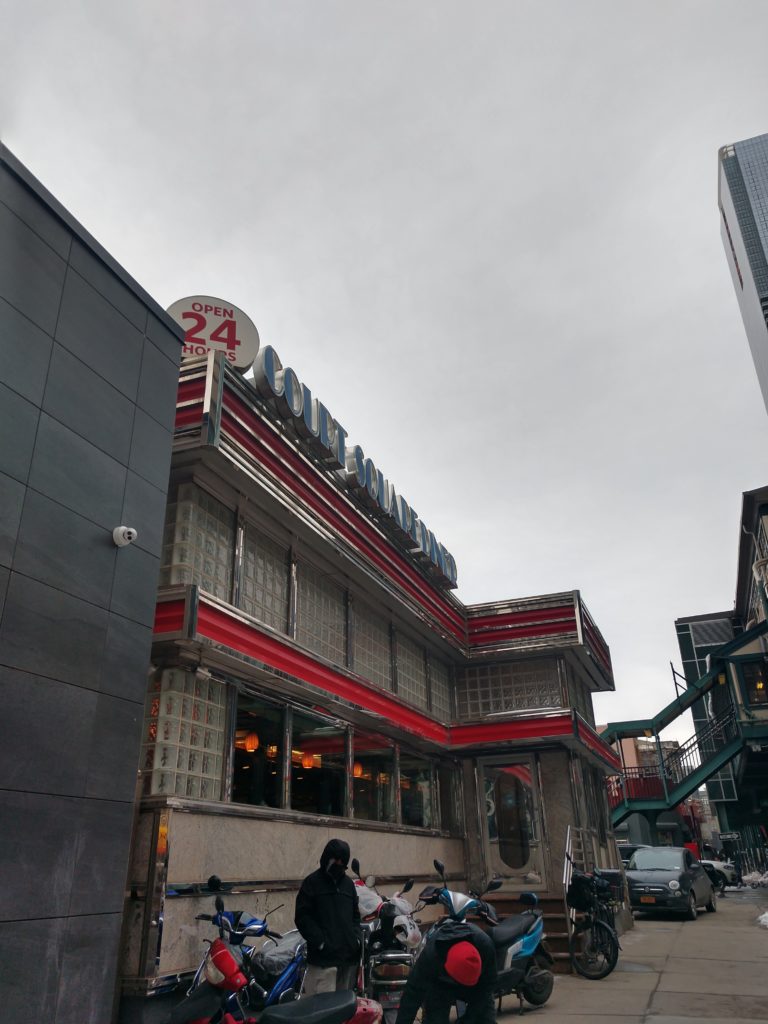
You must be logged in to post a comment.